Key issues omitted in revised US State Department human rights report | Donald Trump News
A key annual United States government report on global human rights abuses has drastically shifted focus, with references removed to abuses based on sexual orientation, and poor conditions downplayed in ally nations while taking aim at those who have clashed with President Donald Trump.
Released on Tuesday, the 2024 State Department Human Rights Report, was issued months late as Trump appointees altered an earlier draft dramatically to bring it in line with America First values, according to government officials who spoke on condition of anonymity. The report introduced new categories such as “Life”, and “Liberty,” and “Security of the Person.”
The department referred to its new report as “streamlined” and focused on remaining “aligned to the administration’s executive orders”.
While the 2023 report contains a lengthy introduction with numerous appendices and citations, the newest report has a single introductory page that stresses a desire to “minimize the amount of statistical data in the report”. An NPR analysis found individual country reports are, on average, one-third the length of the previous year’s.
There is no mention of discrimination against women, members of the LGBTQ community, or on the basis of race in the latest report introduction.
Instead, the report sounds an alarm about the erosion of freedom of speech in Europe and ramped up criticism of Brazil and South Africa, both of which Washington has clashed with over a host of issues.
Any criticism of governments for their treatment of LGBTQ rights, which appeared in Biden administration editions of the report, appears to have been omitted.
The report’s section on Israel is much shorter than last year’s edition and contains no mention of the severe humanitarian crisis or death toll in Gaza. Some 61,000 people have died, according to the Gaza Health Ministry, as a result of Israel’s military operations in response to an attack by the Palestinian group Hamas in October 2023.
While last year’s report underscored numerous acts of anti-Semitism in Hungary, noting that a local survey found half the population were “moderately or strongly anti-Semitic”, the new report says the close Trump ally has “made combating anti-Semitism a top priority, publicly emphasizing its welcoming and open environment for Jews”.
The report claims “no credible reports of significant human rights abuses” in El Salvador – where Trump has gained help from President Nayib Bukele, whose country is receiving $6m from the US to house migrant deportees in a high-security mega-prison.
Rights group Amnesty International said in a statement that the report “purposefully fail[ed]” to capture rights abuses in a number of countries.
This year’s Human Rights Report from the U.S. State Department reveals a disturbing effort by the Trump administration to purposefully fail to fully capture the alarming and growing attacks on human rights in certain countries around the globe.
— Amnesty International USA (@amnestyusa) August 12, 2025
This year’s Human Rights Report from the US Department of State shows a visible effort by the Trump administration to purposefully fail to fully capture the alarming and growing attacks on human rights in certain countries around the globe.
On Monday, rights group coalition the Council for Global Equality sued (PDF) the State Department to release report documents, alleging the department had potentially manipulated its latest human rights report.
For decades, the State Department’s congressionally mandated Human Rights Report has been used as a blueprint of reference for global rights advocacy.
This year’s report was prepared following a major revamp of the department, which included the firing of hundreds of people, many from the agency’s Bureau of Democracy, Human Rights, and Labor, which takes the lead in writing the report.
Secretary of State Marco Rubio, in April, wrote an opinion piece that said the bureau had become a platform for “left-wing activists,” saying the Trump administration would reorient the bureau to focus on “Western values”.
Taking aim at Brazil and South Africa
In Brazil, where the Trump administration has clashed with the government, the State Department found the human rights situation had declined, after the 2023 report found no significant changes. This year’s report took aim at the courts, stating they took action undermining freedom of speech and disproportionately suppressing the speech of supporters of former President Jair Bolsonaro, among others.
Bolsonaro is on trial before the Supreme Court on charges he conspired with allies to violently overturn his 2022 electoral loss to leftist President Luiz Inacio Lula da Silva. Trump has referred to the case as a “witch hunt” and called it grounds for a 50 percent tariff on Brazilian goods.
In South Africa, whose government the Trump administration has accused of racial discrimination towards Afrikaners, this year’s report said the human rights situation significantly worsened. It stated that “South Africa took a substantially worrying step towards land expropriation of Afrikaners and further abuses against racial minorities in the country.”
In last year’s report, the State Department found no significant changes in the human rights situation in South Africa.
Trump, earlier this year, issued an executive order that called for the US to resettle Afrikaners, describing them as victims of “violence against racially disfavored landowners,” allegations that echoed far-right claims but which have been contested by South Africa’s government.
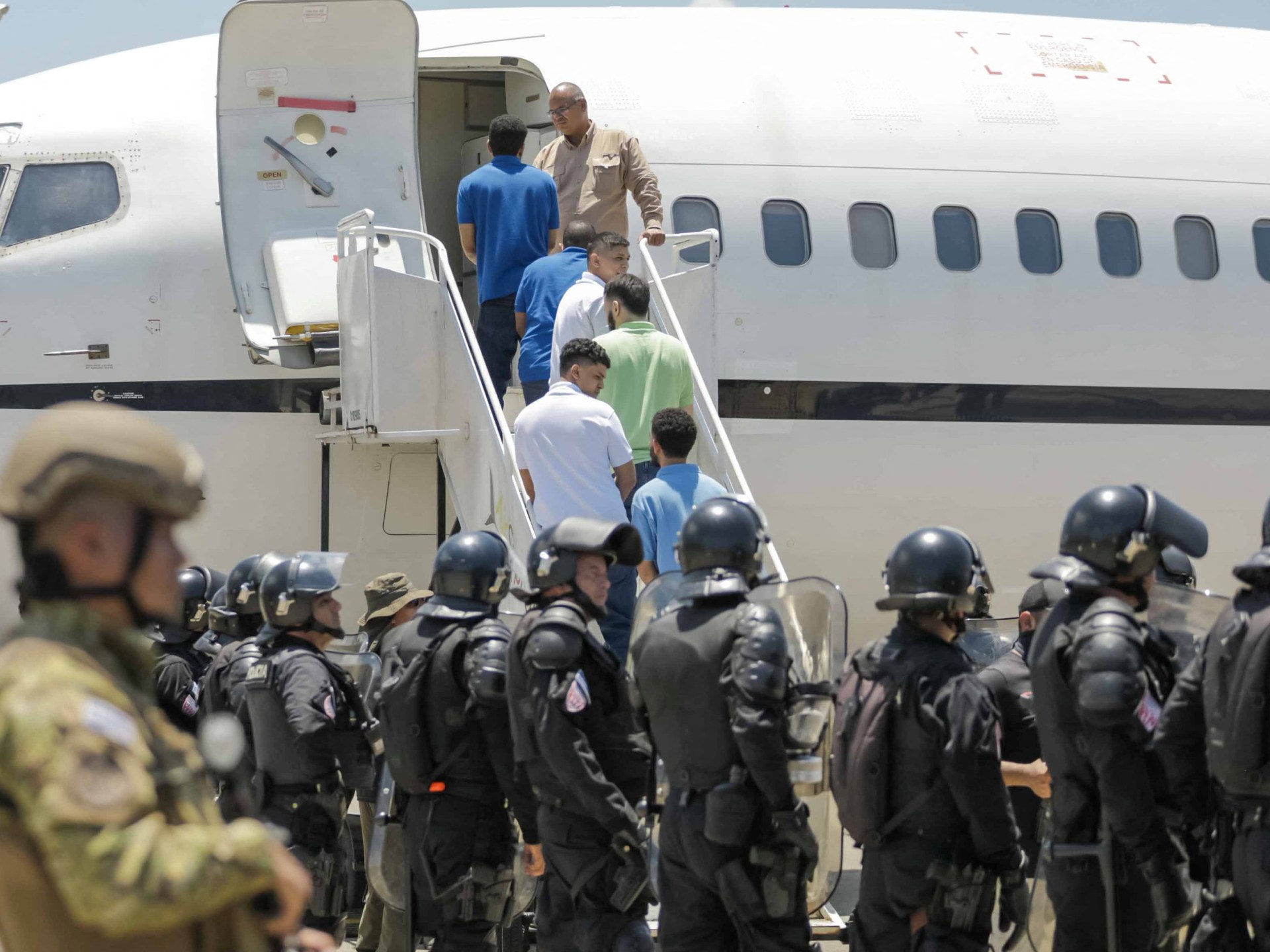


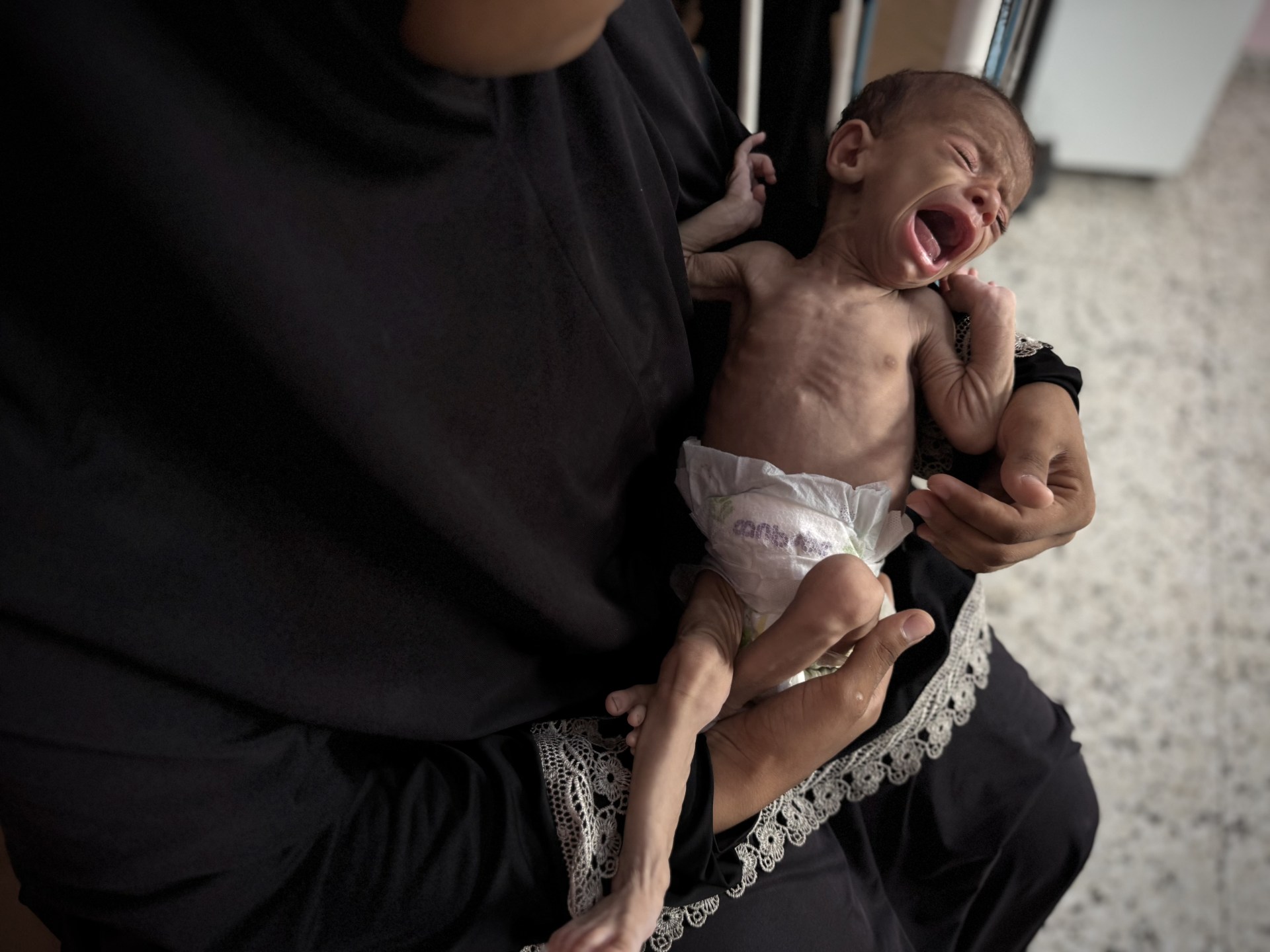
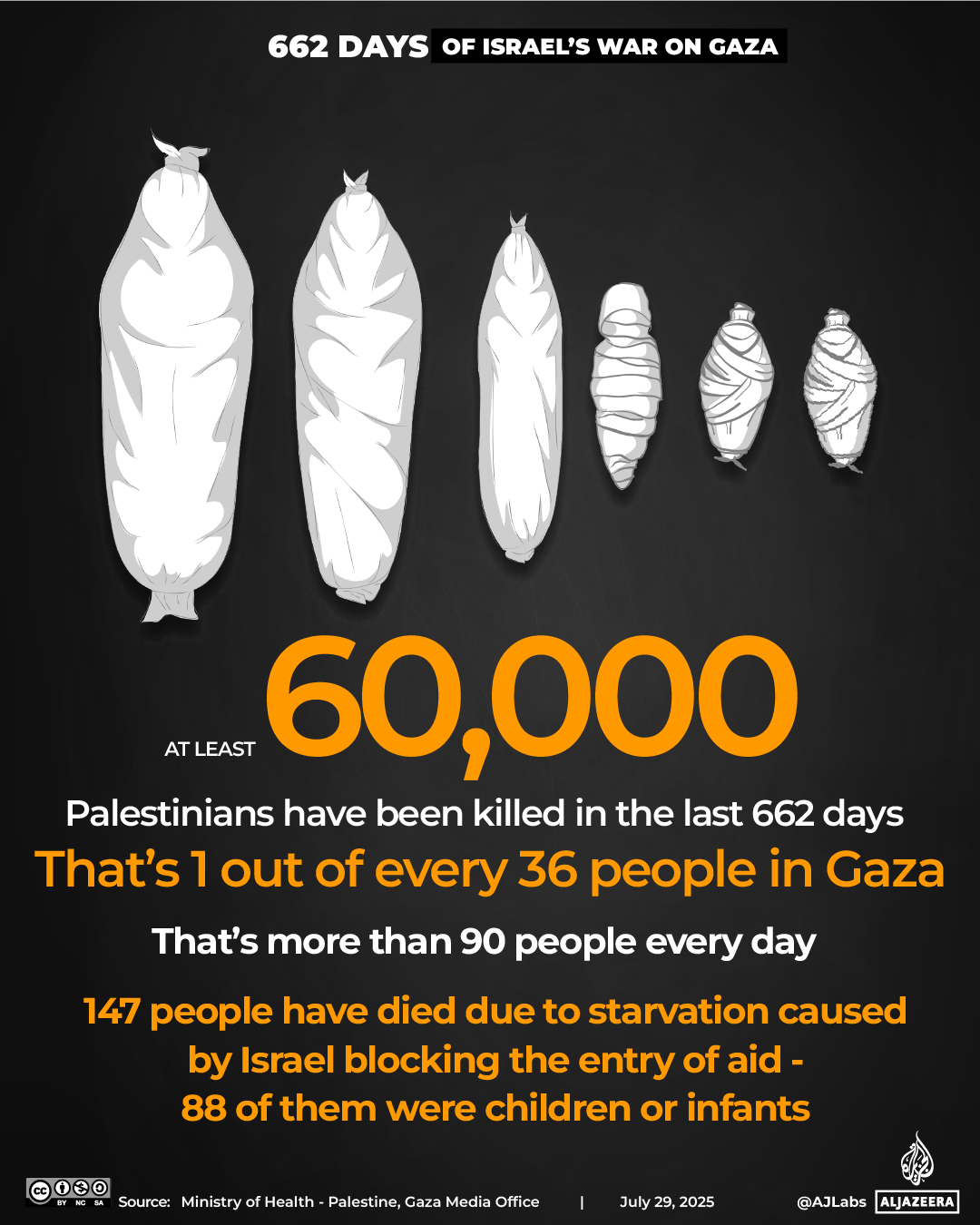


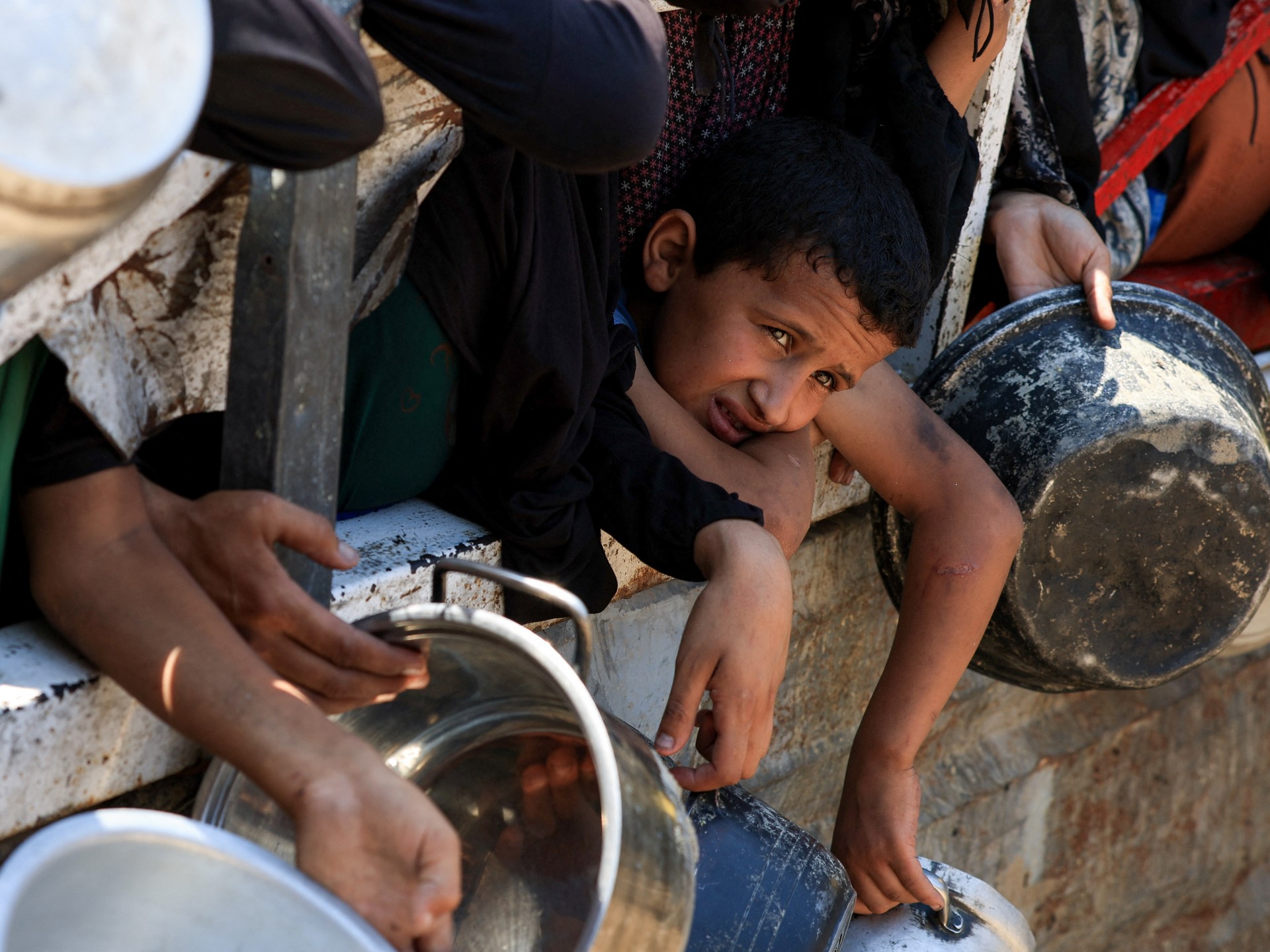
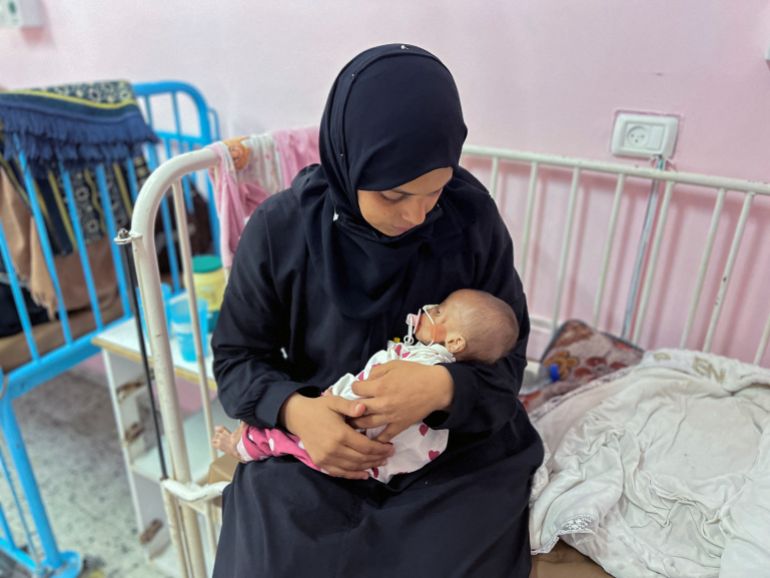
![Palestinian mother Israa Abu Haleeb looks after her five-month-old daughter, Zainab, who is diagnosed with malnutrition, according to medics, at Nasser hospital in Khan Younis [File: Hussam Al-Masri/Reuters]](https://www.occasionaldigest.com/wp-content/uploads/2025/07/1753058325_963_2025-07-15T141103Z_297129143_RC21NFAJWV4T_RTRMADP_3_ISRAEL-PALESTINIANS-GAZA-HUNGER-1752937817.jpg)

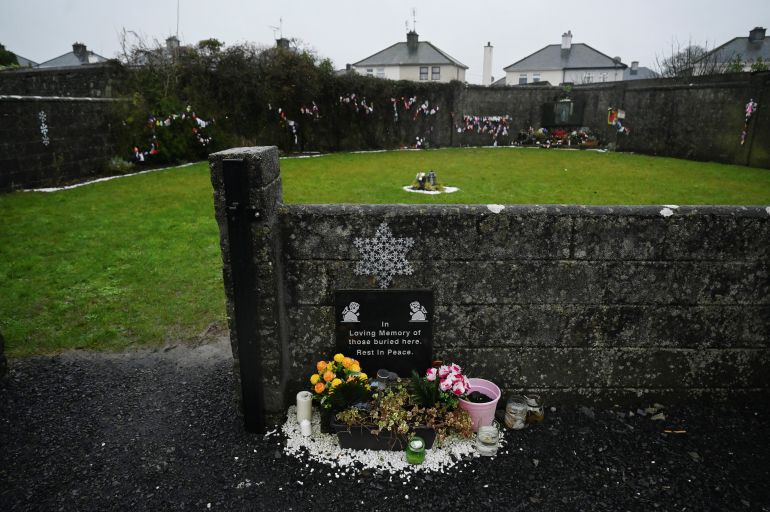
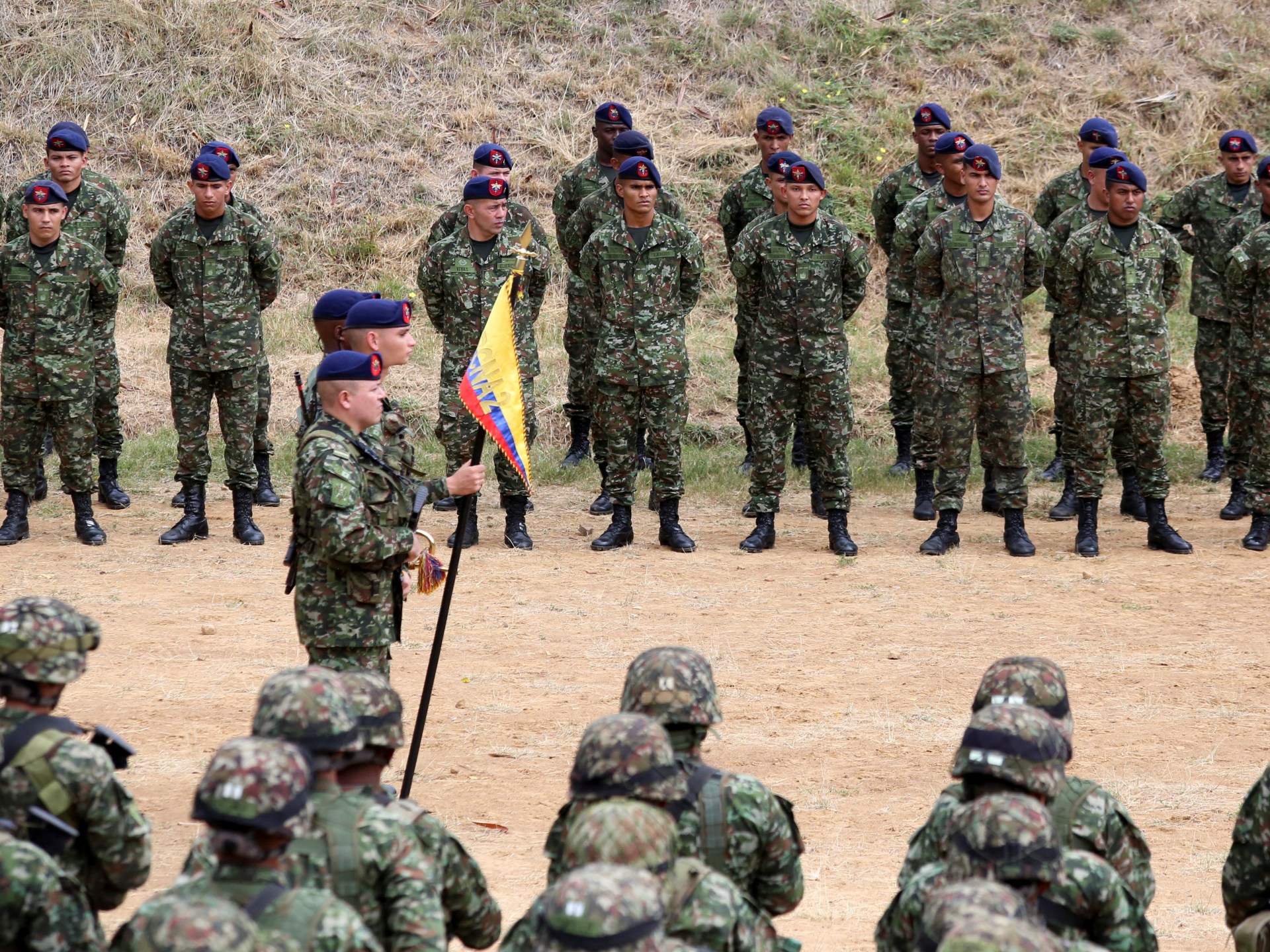

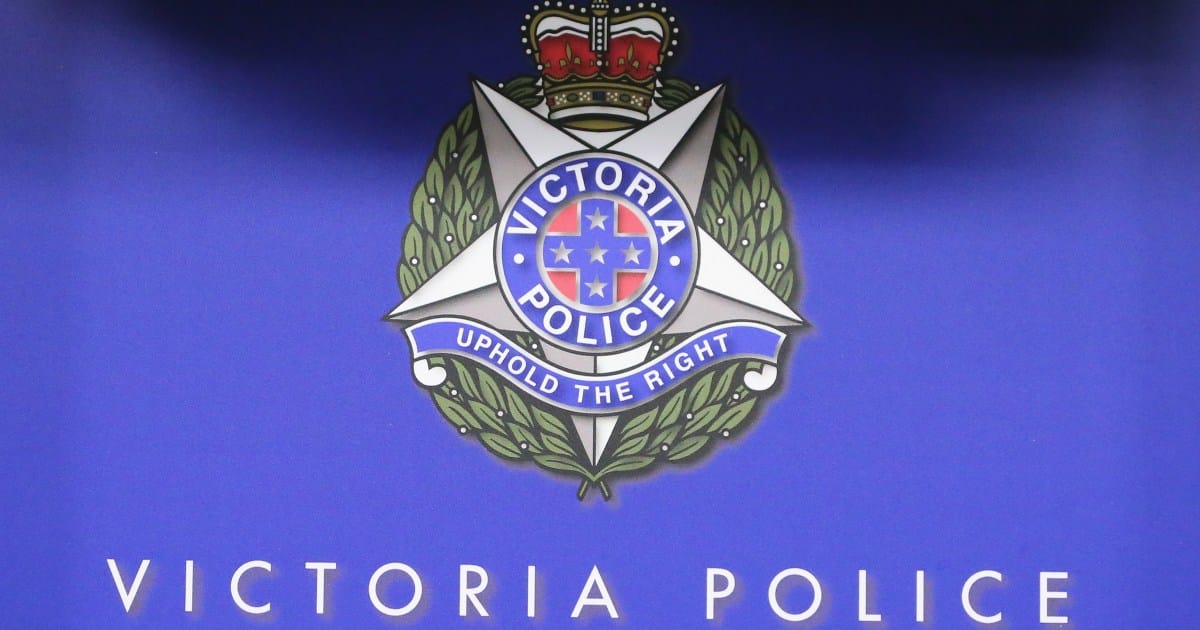
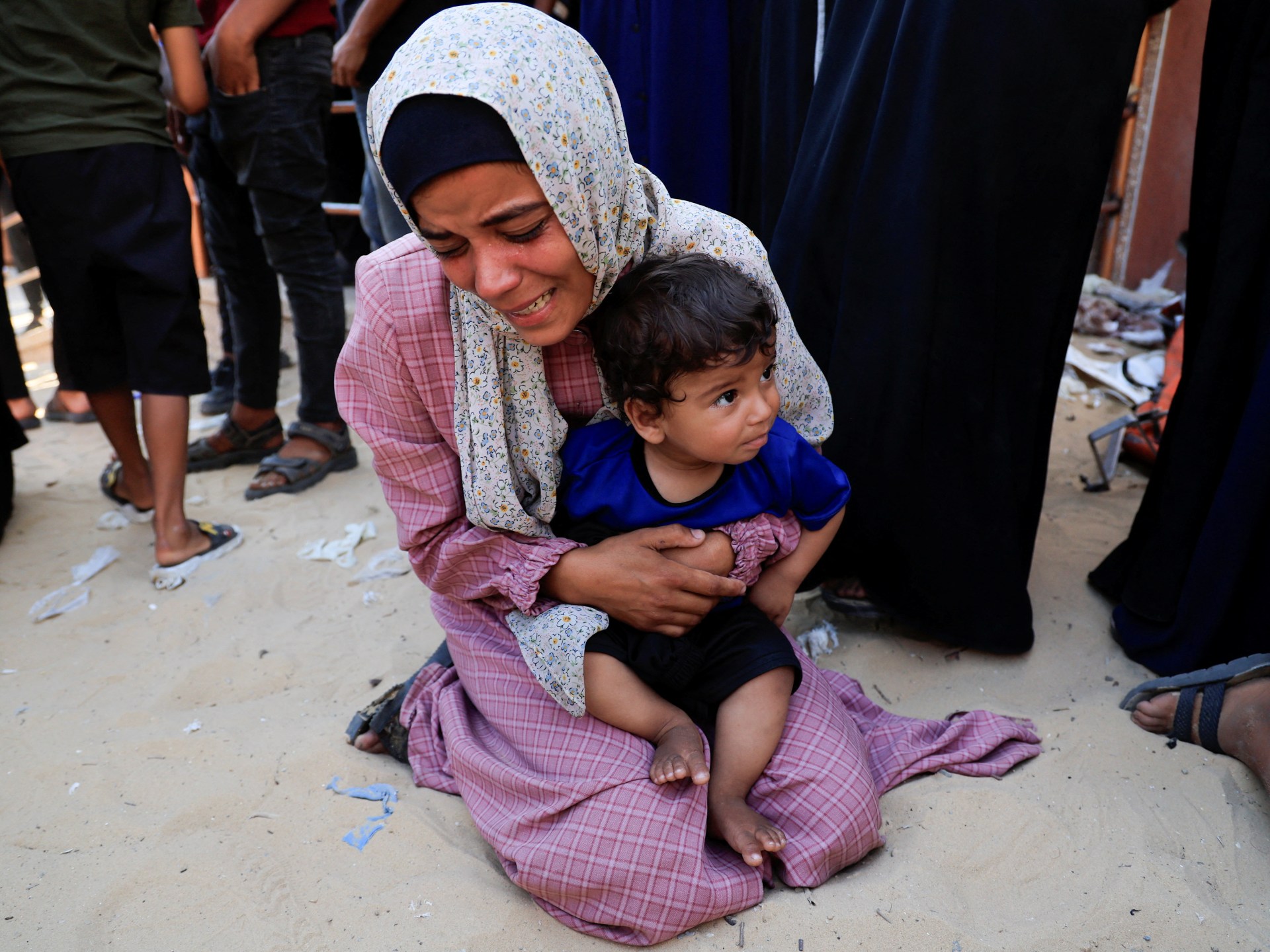
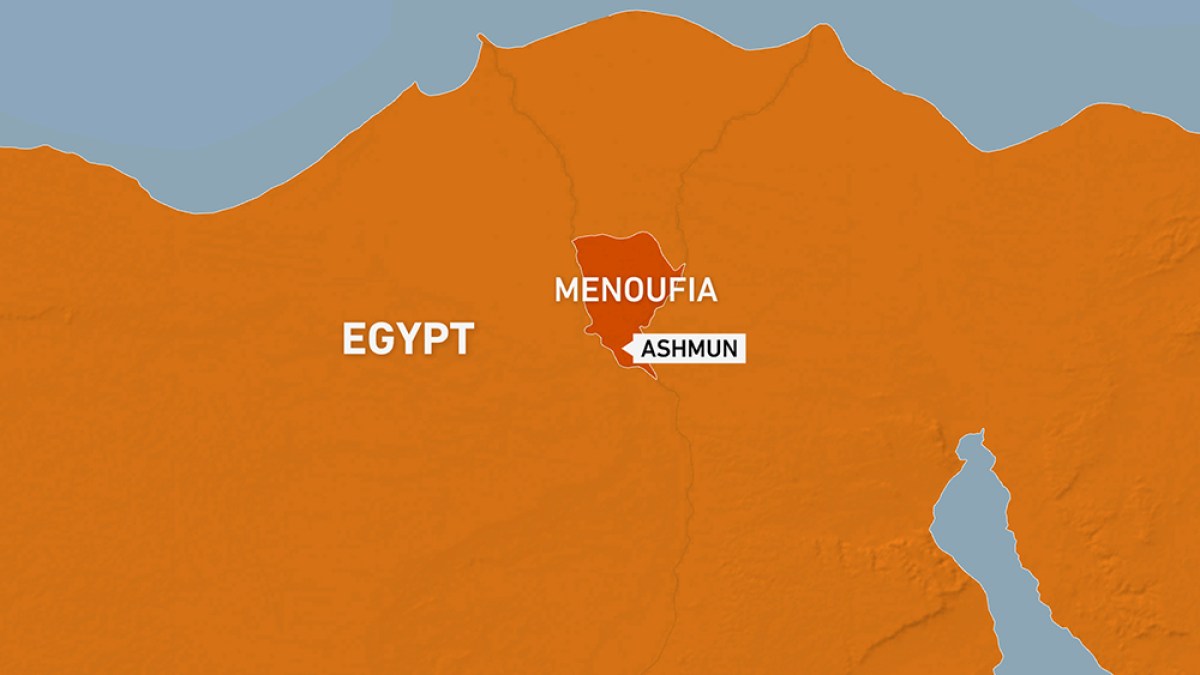


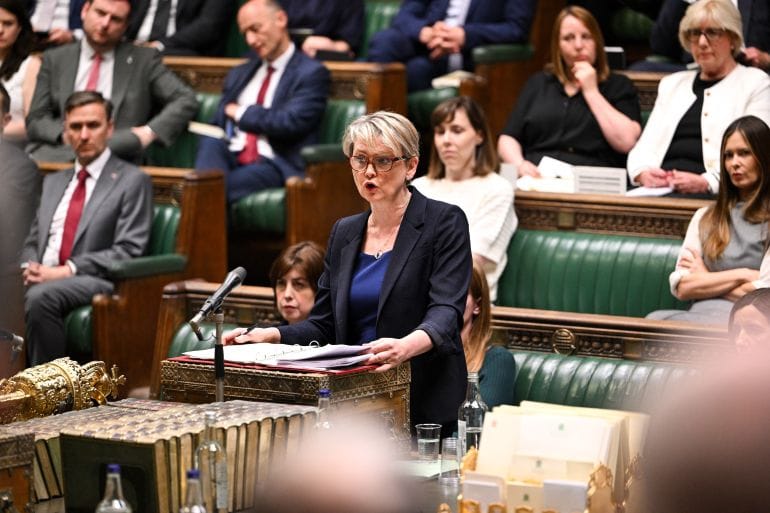




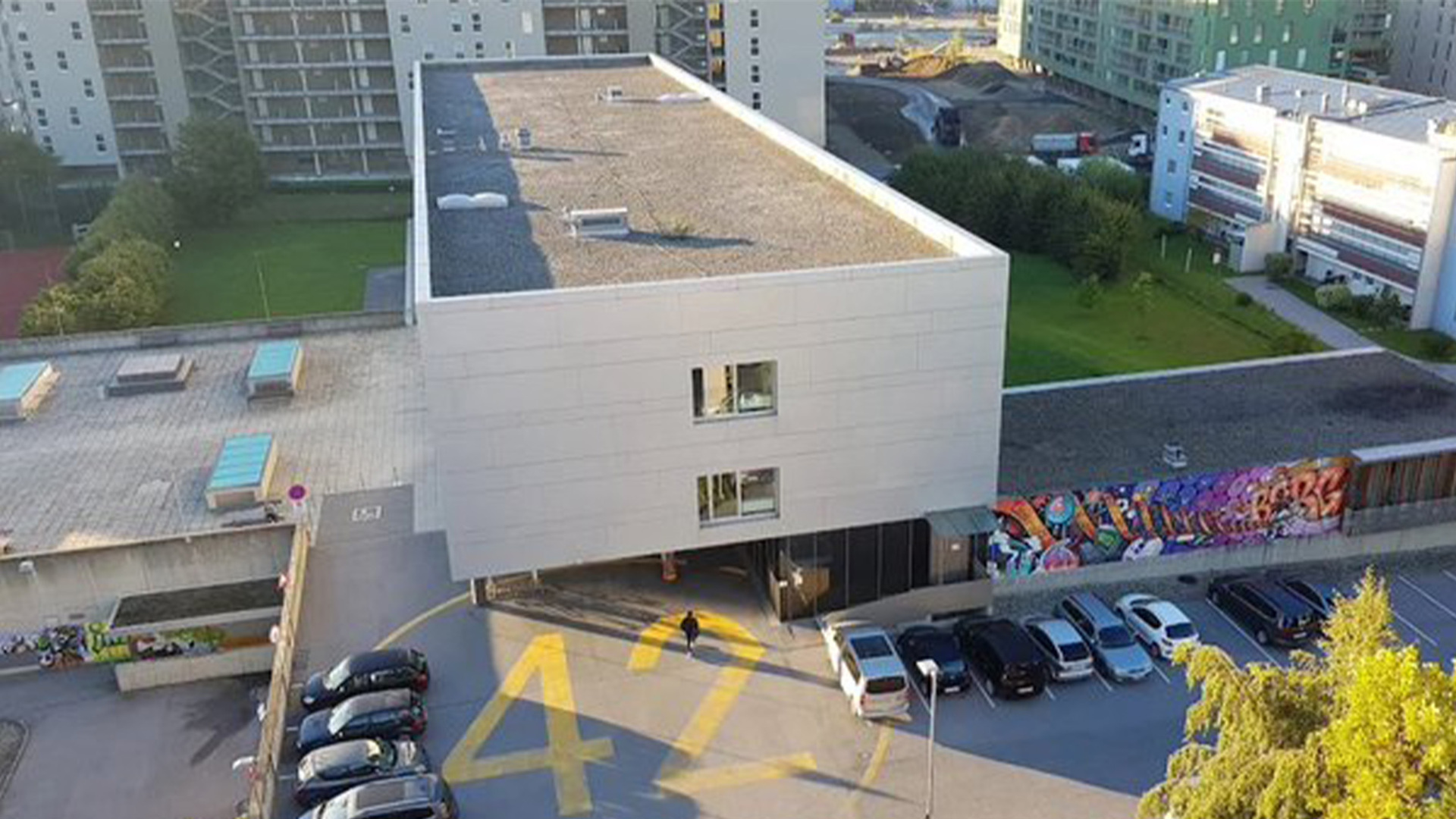
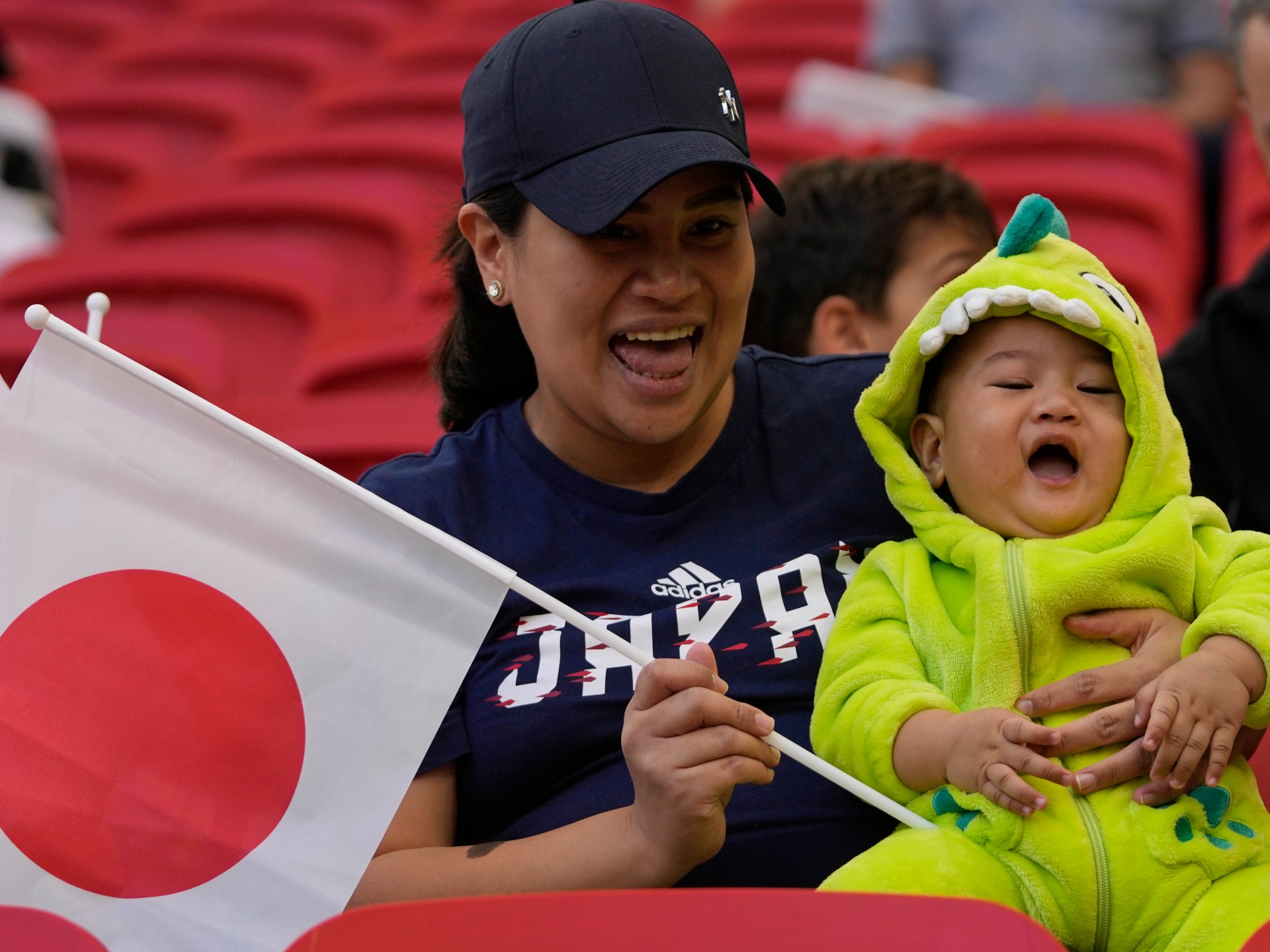
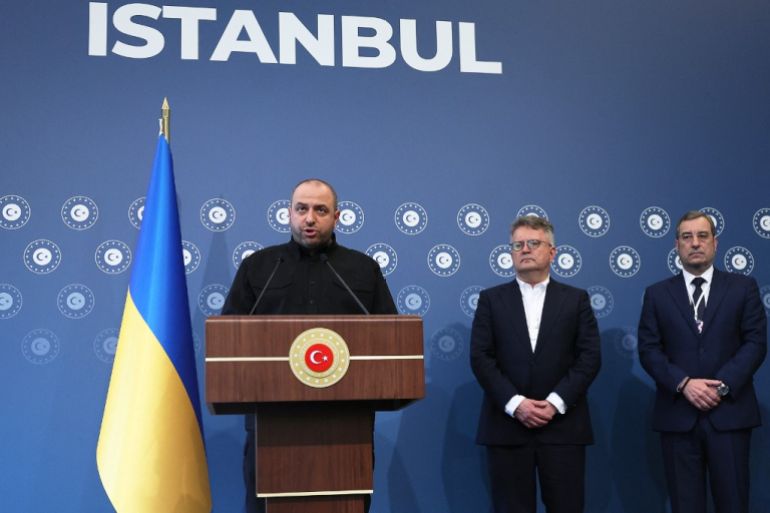
![Head of the Ukrainian delegation and Ukraine's Defence Minister Rustem Umerov (L) during a press conference after a second meeting of direct talks between Ukrainian and Russian delegations in Istanbul, on June 2, 2025. [Adem Altan/AFP]](https://www.aljazeera.com/wp-content/uploads/2025/06/000_48XD762-1748882936.jpg?w=770&resize=770%2C513&quality=80)